Sightseeing Spots
Search Results308
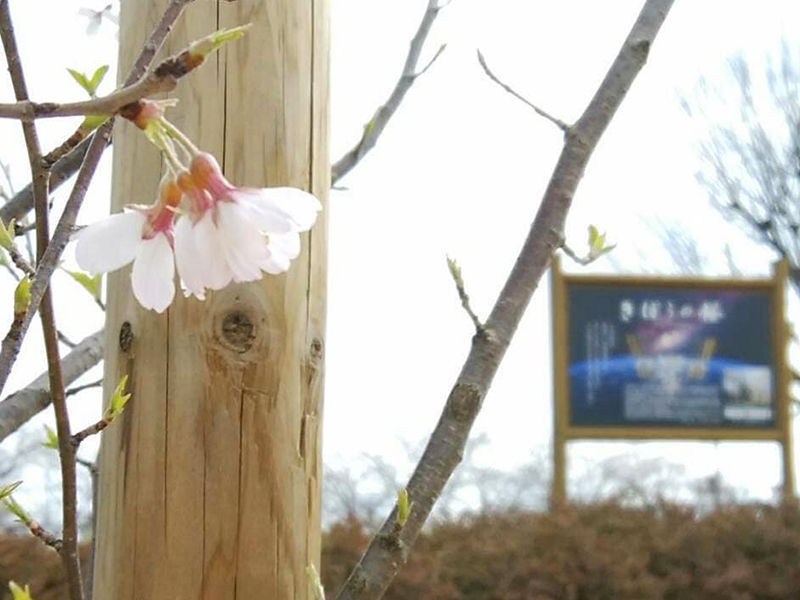
In 2008, cherry trees, which were sprouted from the seeds of the Jindai cherry tree in Hokuto City, Yamanashi Prefecture, traveled to space with astronaut Koichi Wakata, and were subsequently planted in Seki Park on April 6th, 2019 through the Kibou (Hope) Cherry Blossom Project, a project aiming to plant cherry trees in municipalities affected by the 2011 Tohoku earthquake and tsunami. The decision to plant the trees in Yoshikawa City was based on the children's communication with astronaut Kanai Yoshishige in space, the dispatching of staff to Iitate Village in Fukushima Prefecture, which was evacuated after the 2011 earthquake, and the desire to pass on an explanation of the damage caused by Typhoon Kathleen from 70 years ago to future generations. The Sakura Festival is also held at Seki Park every March.
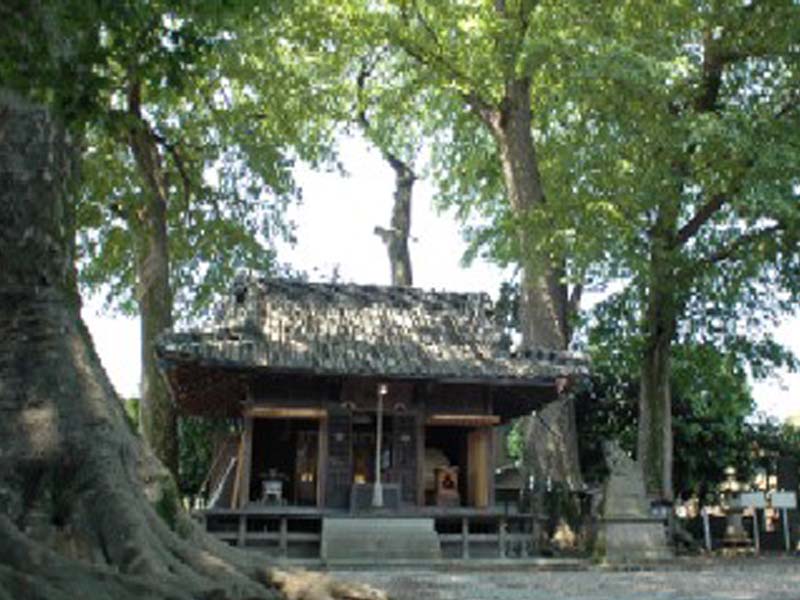
Enshrining Susanoo-no-Mikoto, the god of the sea and storms, this shrine is known to protect against evil and plague. Inside the shrine is a lion mask called the "Hirakata Lion" which is popular with locals. Every year in July, a mysterious festival is held called "Doroinkyo." This festival is designated as an intangible folk cultural asset by Saitama Prefecture. The giant zelkova tree and enoki mushrooms within the precincts are designated as natural monuments by Ageo City.
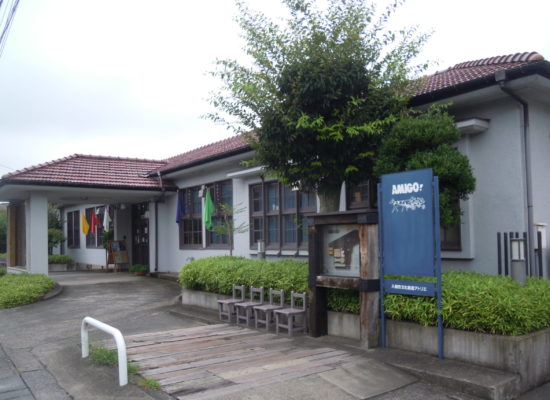
The Iruma City Cultural Creation Atelier is commonly known as “AMIGO!” In Spanish, "amigo" means “friend” or “fellow.” The name reflects the effort we put into providing enjoyable activities for everyone at our facility. The exclamation point emphasizes the sharing of information and forming of new friendships! We strive towards our goals with passion and a hard-working attitude, leading activities related to dyeing and textiles.
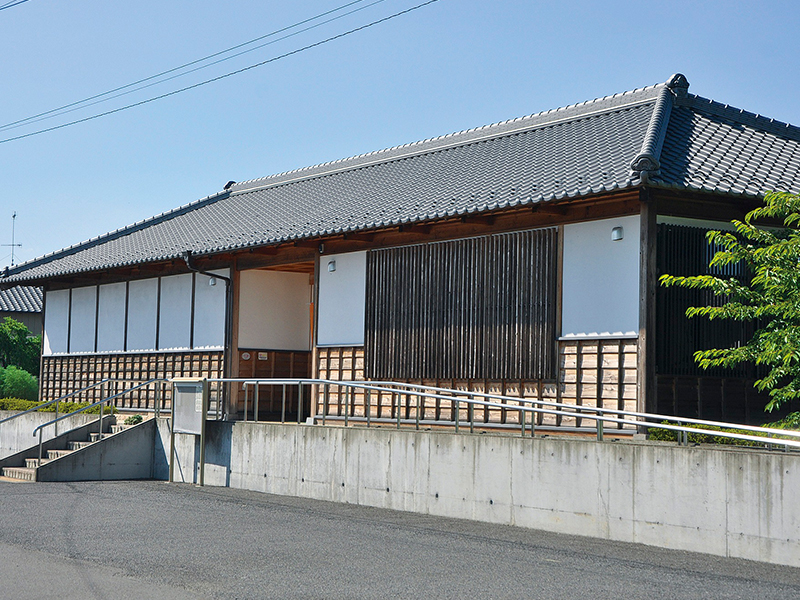
The Kumagaya Municipal Ogino Ginko Museum is dedicated to Ogino Ginko, the first officially licensed female doctor in Japan who passed the medical practice examination in 1885, one of the three great historical figures of Saitama Prefecture. The museum is a Japanese-style building with tiled roof and plastered walls partly covered in wooden siding built to resemble the Nagaya-mon gate of Ginko Ogino's birthplace, and is divided into an exhibition room and a lounge area.
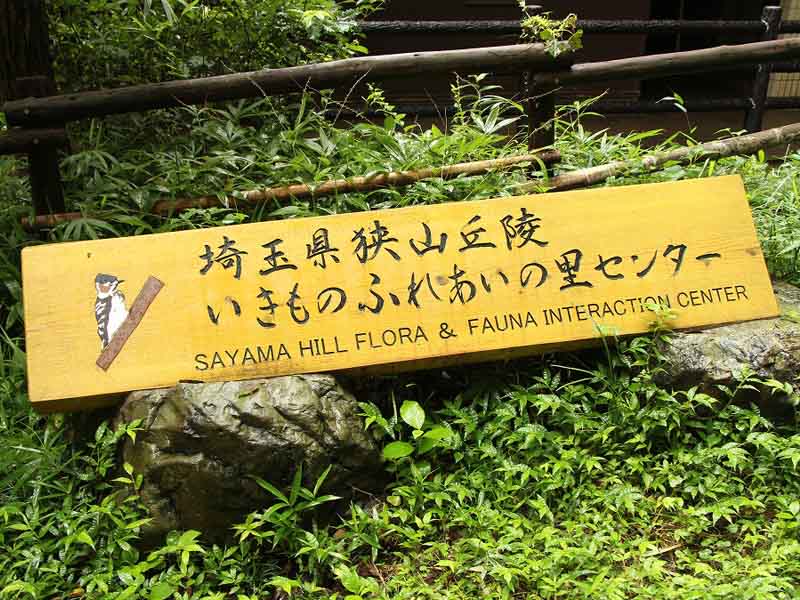
This facility utilizes the nature of Sayama Hills as an opportunity for us to interact with and think about our relationship to nature. There is an exhibition room, observation balcony, seminar hall, outdoor grilling space, and much more. There are also five themed spots on a hill adjacent to the center: Waterbird Paradise, Bug Forest, Wetlands Village, Tree Forest, and Butterfly Forest.
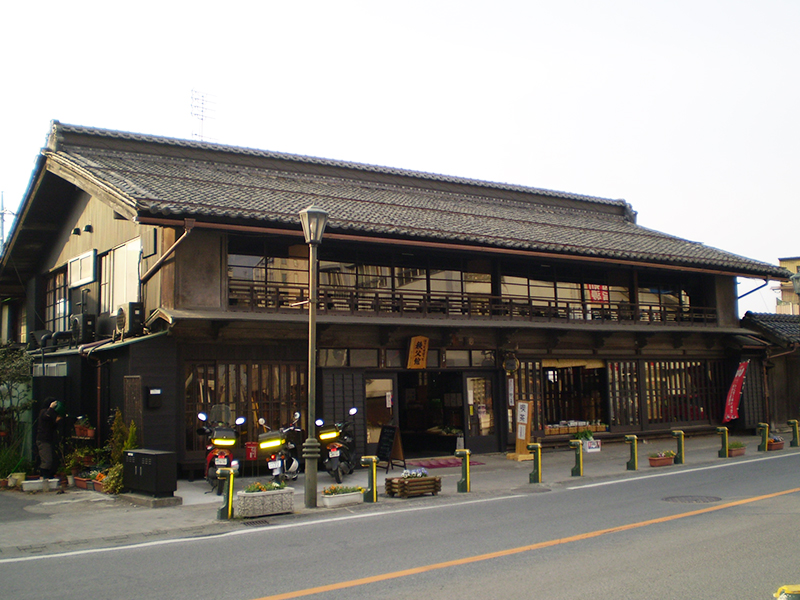
This facility is a center for socializing and tourism established in the early Meiji period merchant's inn, "Chichibu-Kan," which was renovated in a way to preserve its original appearance. The first floor is a free rest space with a large irori (sunken hearth) surrounded by rental boxes where citizens can display and sell their handicrafts and ceramics. Whether you're searching for tourist information or would like mingle with the locals, we hope you will visit Hot Spot Chichibu-Kan!
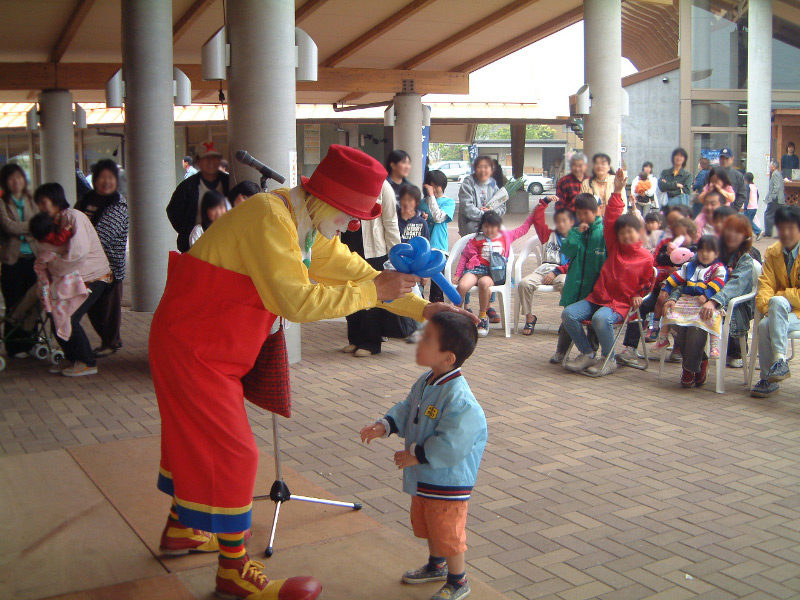
“Kiyasse Hanyū” is the nickname for Hanyū City Mitakaya agricultural and forest park. This park, with an area of roughly 3.6 hectares, has a flower-filled “Shiki no Oka” (four seasons hill), a production building selling local vegetables harvested fresh each morning, a beer factory that manufactures Hanyū’s local beer “Kobushi Hana Beer,” and a restaurant to enjoy handmade udon. Inside the park, there is playground equipment for kids, and events and vegetable harvesting experiences are held year round.
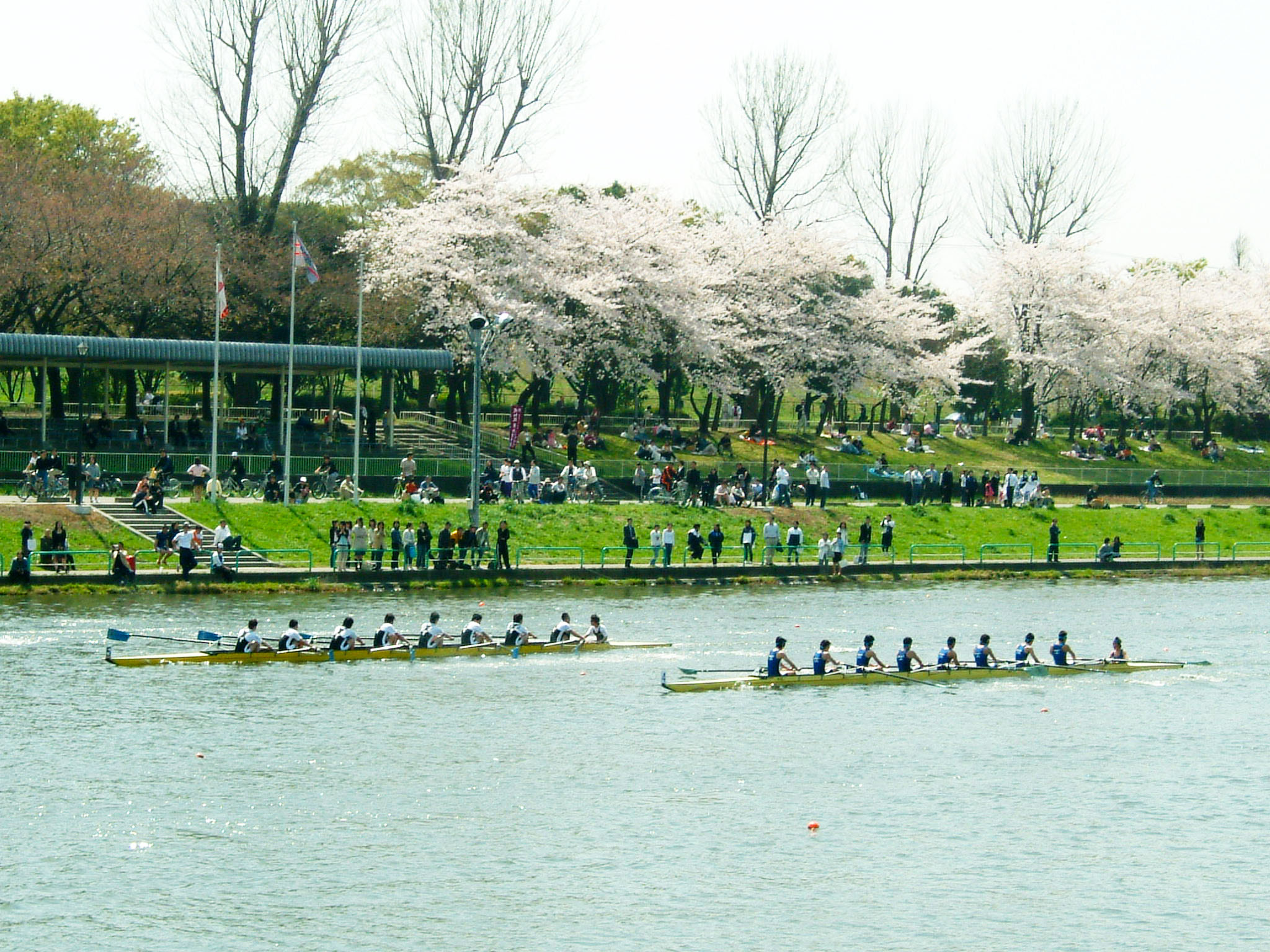
Toda Park was built between 1937 and 1940, centered around a rowing course which is the largest artificial still water course in Japan. Established as a city park after the 1964 Tokyo Olympics, it is used as a training area and competition venue for rowing, while also providing a relaxing environment filled with nature for the local citizens. The park is adjacent to the bank of the Arakawa River and also has an elevated plaza, flower beds, and lots of playground equipment, making it popular for not only its rowing course.
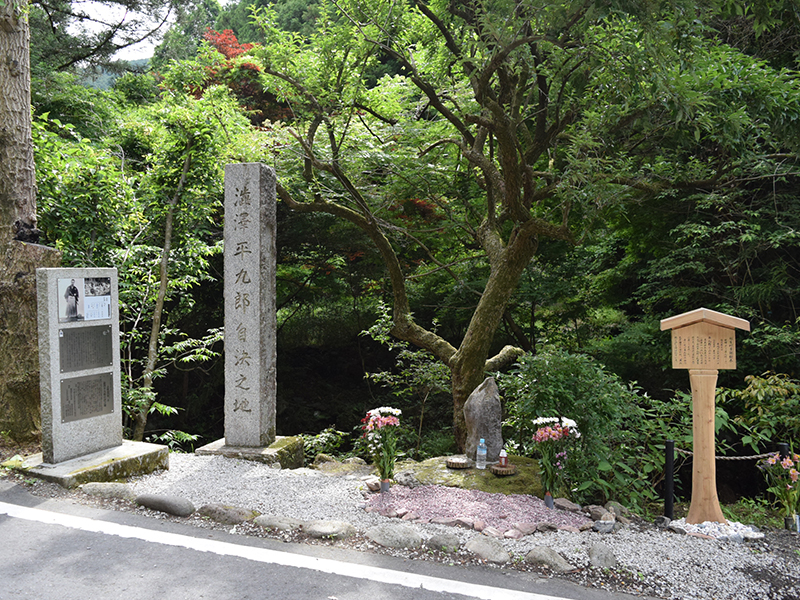
On May 23, 1868 (Keio 4), Heikuro Shibusawa, a member of the old shogunate army who was defeated in a battle with new government forces at Hanno, fled alone towards Kuroyama Village via the Kaoburi Pass. He encountered a patrolling scouting party and fought them alone, but was badly wounded and committed suicide (harakiri) while sitting on a rock on the river bank. Heikuro was a cousin, brother-in-law, and adopted son of Shibusawa Eiichi, the man known as the "father of Japanese capitalism," whose face appears on the 10,000 yen bill.
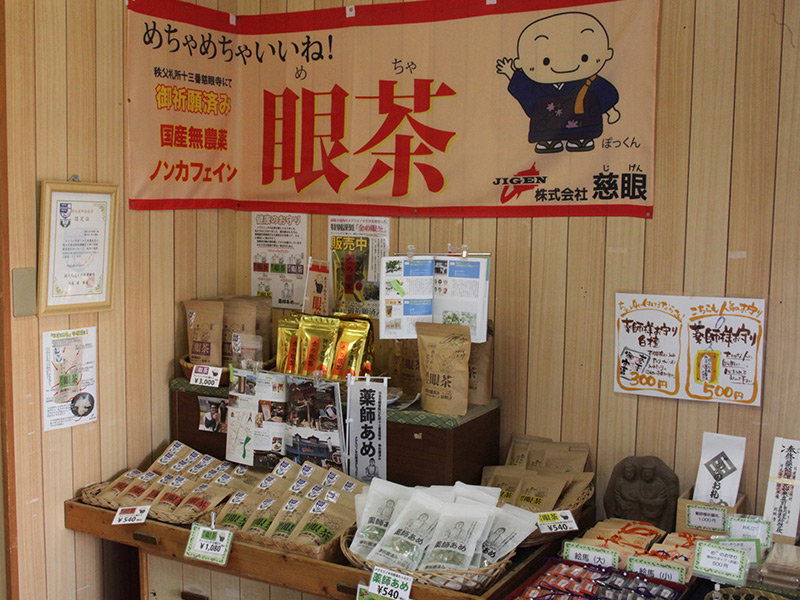
Jigenji is Chichibu’s 13th sacred site on Japan’s 100 Kannon Pilgrimage. It has been famous as a "temple for eyes" for 780 years. Worshippers come from all over Japan with worries and concerns regarding the eye.
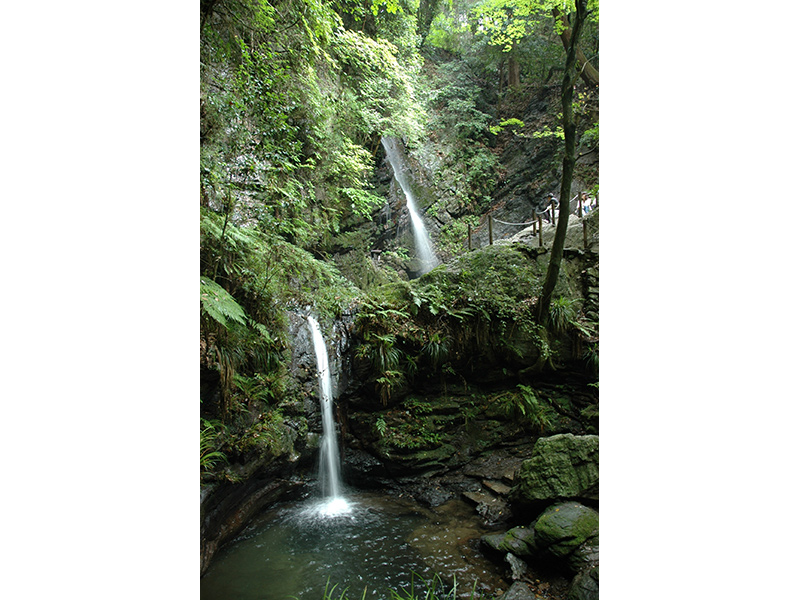
Kuroyama Santaki is the name of a group of three waterfalls known as Odaki (male waterfall), Medaki (female waterfall) and Tengu Taki (demon waterfall). This scenic spot was selected as one of Japan’s 100 best sightseeing destinations. Enjoy fresh greenery in the spring, refreshing cool air in the summer and remarkably beautiful leaves in autumn.
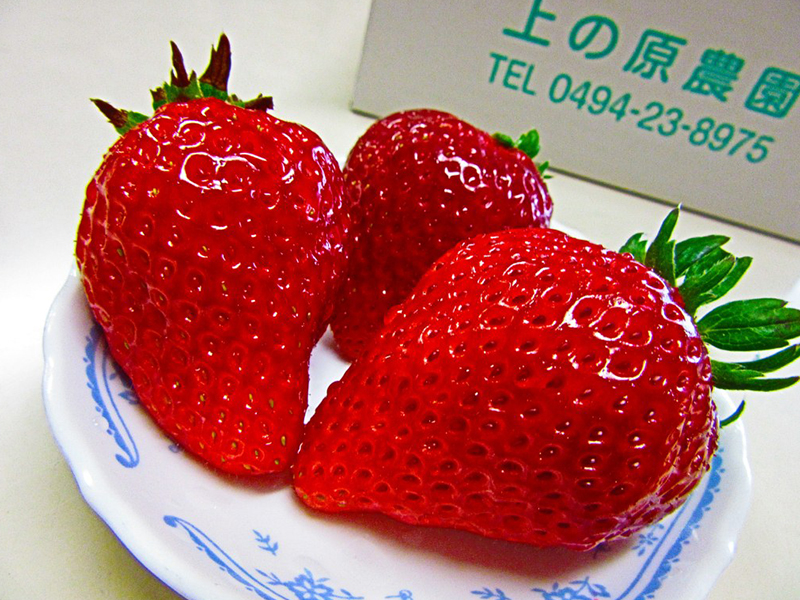
Enjoy the all-you-can-eat package at the farm, or pick and take the strawberries home instead! It's possible the all-you-can-eat will be finished depending on the season's harvest. All-you-can-eat varieties: Beni-poppe, Tochiotome, Yayoihime, Souvenir varieties: Amarin, Beni-poppe, Tochiotome, Yayoihime
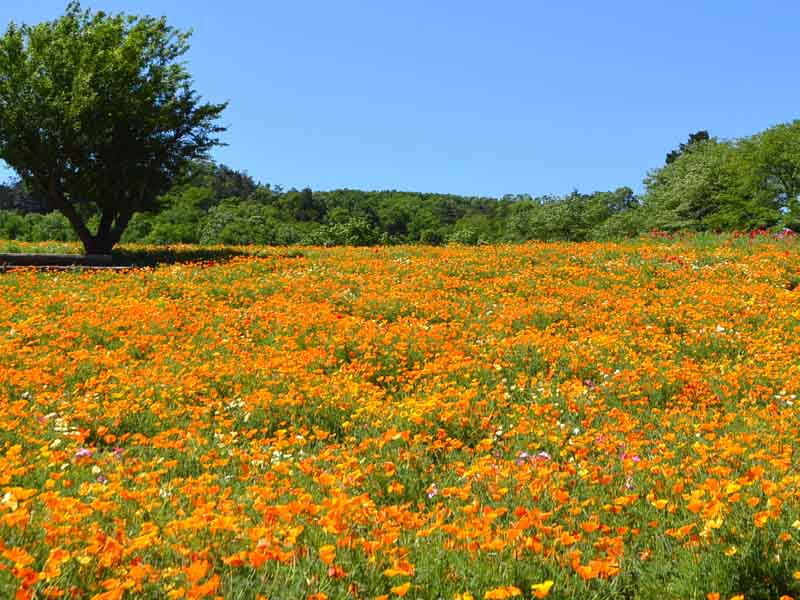
This garden is located on a vast field of about 10,000 square meters behind the Nagatoro Town Folk Museum. The Japanese name "Hanabishisou" comes from the shape of the California golden poppy, which is said to resemble a rhombus ("hishi" in Japanese, read "bishi" in the name). In early summer, California golden poppies bloom all over the entire hill, and from May to June, the contrast between the deep blue sky and the vivid orange flowers is mesmerizing.
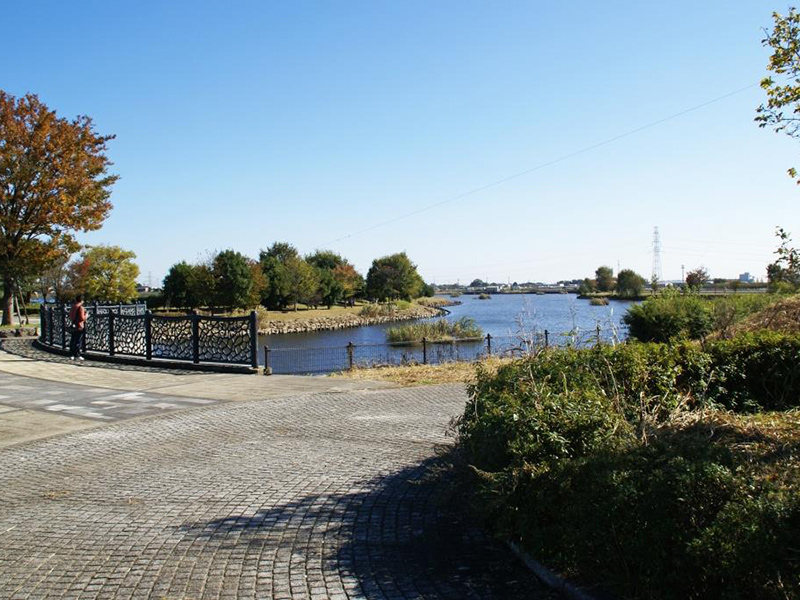
These marshes have been made more visitor-friendly through improving the habitat (biotope). A well-loved fishing spot, many people come to fish throughout the year.
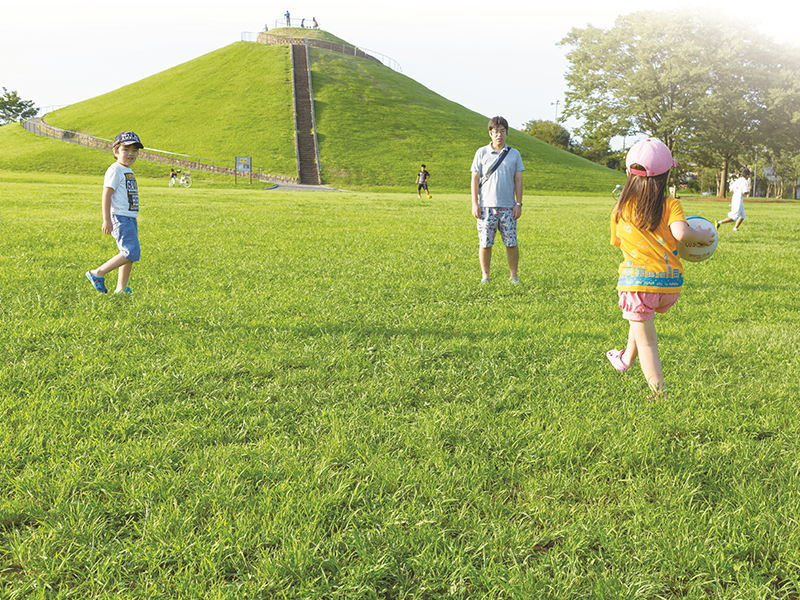
From the top of the park's symbol, the 16-meter high "Yoshikawa Mount Fuji," you can enjoy a panoramic view of the city. On a clear day, you can see the Tokyo Sky Tree and, if you're lucky, you can even see the real Mount Fuji! The majority of the park is covered by green lawn, making the park feel spacious and open.
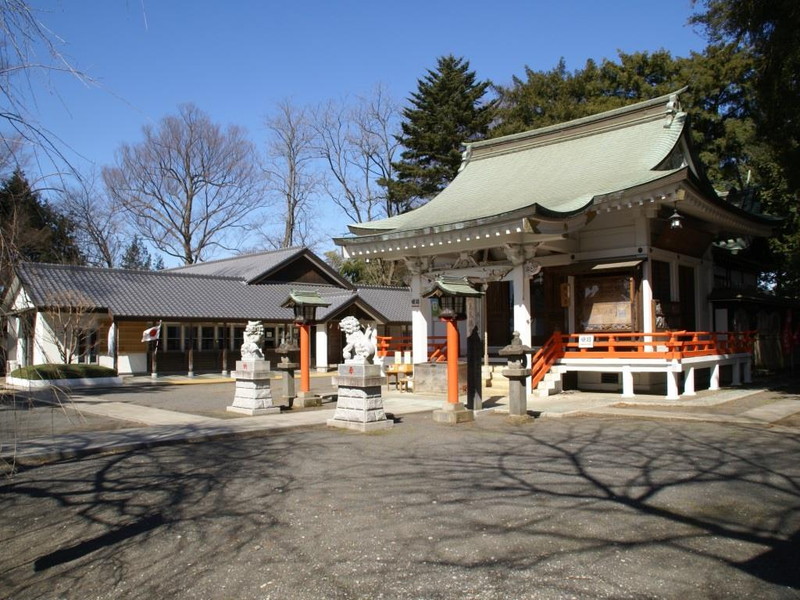
This historical shrine is said to have been founded by Jikaku Daishi Ennin in 849 (Kashō 2). Goshuin (red seal stamps) are also available for visitors.
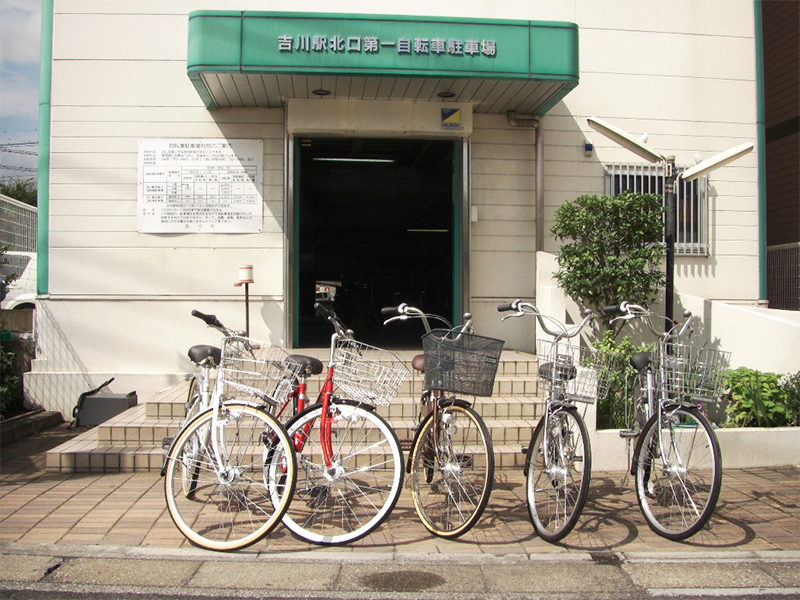
Free rental bicycles are available at the Number 1 Bicycle Parking Lot, only a two-minute walk from the Yoshikawa Station North Exit on the JR Musashino Line. Feel free to use them to explore the city!
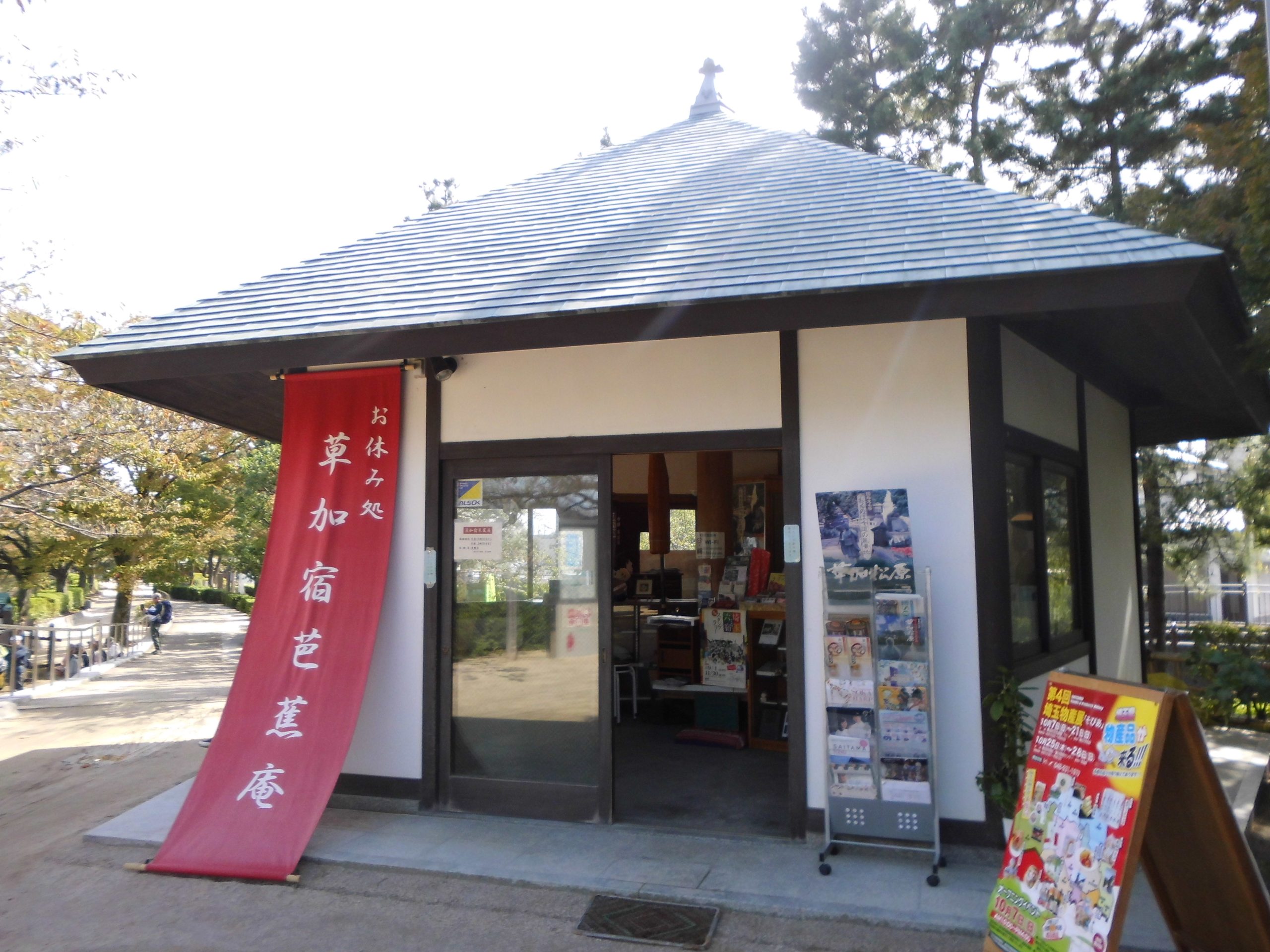
This old rest facility made from local cedar and cypress wood was renovated and reopened on May 16th, 2018 as "Oyasumi Dokoro" (the rest spot). They sell local products such as Sōka Senbei (rice crackers) and provide plenty of tourist information, making it a great starting place for any traveler in the area.
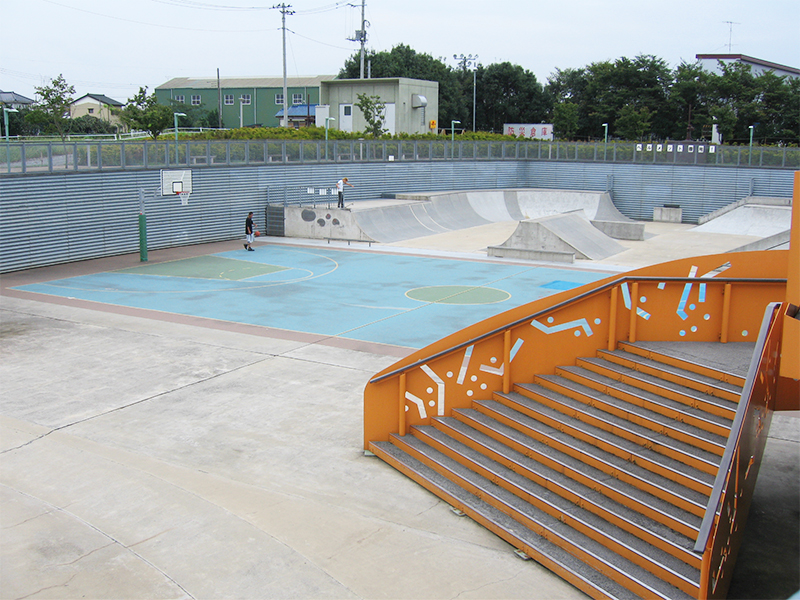
A park born from a conversation between the city mayor and a young participant of a Coming of Age Ceremony, it features a skate park, basketball court and an outdoor stage, making it rare within the prefecture. During heavy rain, the park becomes a regulation pond to reduce flood damage to nearby houses.
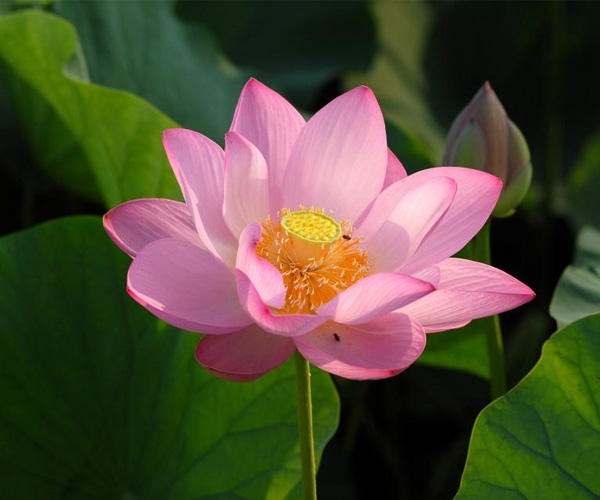
Around 200 flowers bloom here during peak season. Based on analysis, this is an ancient variety of the lotus flower, and while the exact age cannot be determined, it is estimated to be a variety from the Heian period, around 1,200 years ago. The best time to see them is around early to late July, when the flowers begin to bloom at around 5AM. Since the pond is located in the middle of a residential area, please keep quiet when visiting.
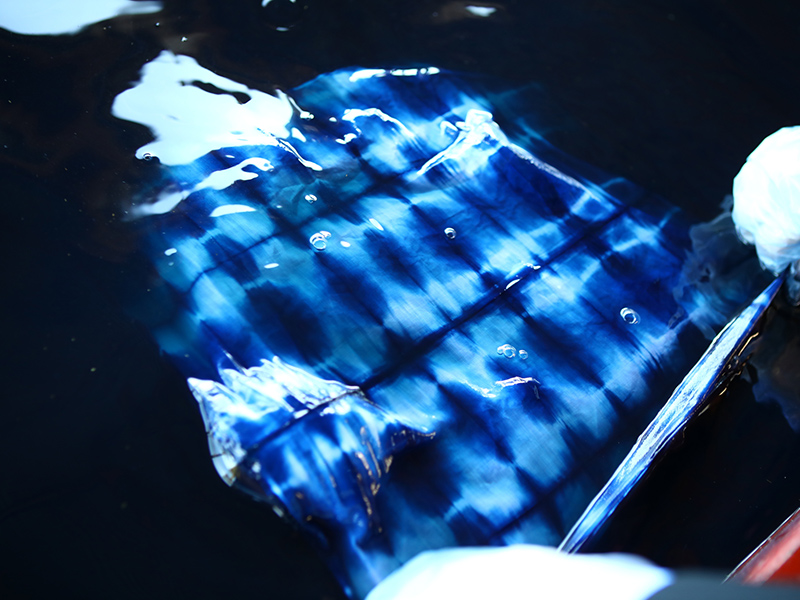
You can experience indigo dyeing, choosing between a handkerchief or bringing in a small item of your own! Dyeing experience participants are also free to visit the adjoined archive museum.
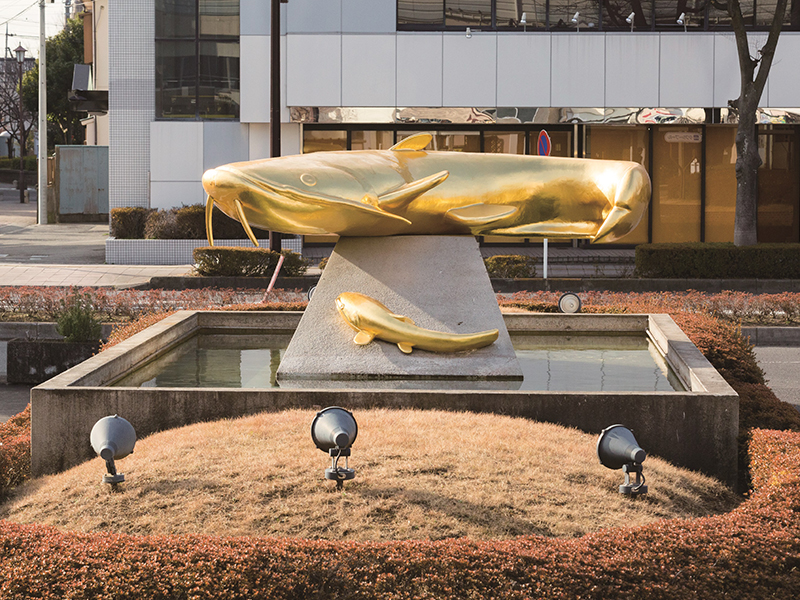
This monument of a golden catfish, the symbol of Yoshikawa City, is proudly displayed in the Yoshikawa Station South Exit rotary on the JR Musashino Line. It welcomes visitors to Yoshikawa City, which promotes itself as the "home of the catfish." It was created by Kazumi Murose, a lacquer artist considered a "national living treasure," and was installed on May 9th, 1995.
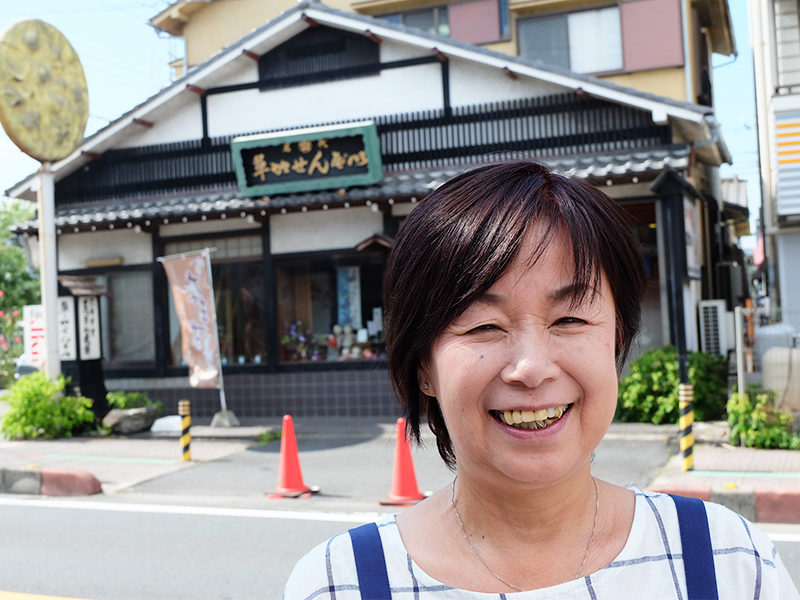
This is a long-established rice cracker shop recognized by its large signboard. The cute "namazu sembei (rice cracker)" in the shape of a catfish symbolize Yoshikawa, the home of the catfish, and is a popular souvenir. Another favorite with many repeat customers are the Yoshikawa Chips, made with 100% Yoshikawa-grown rice flour and deep-fried in a secret recipe of soy sauce and vegetable oil. Both products have been certified as premium brands by Yoshikawa City.
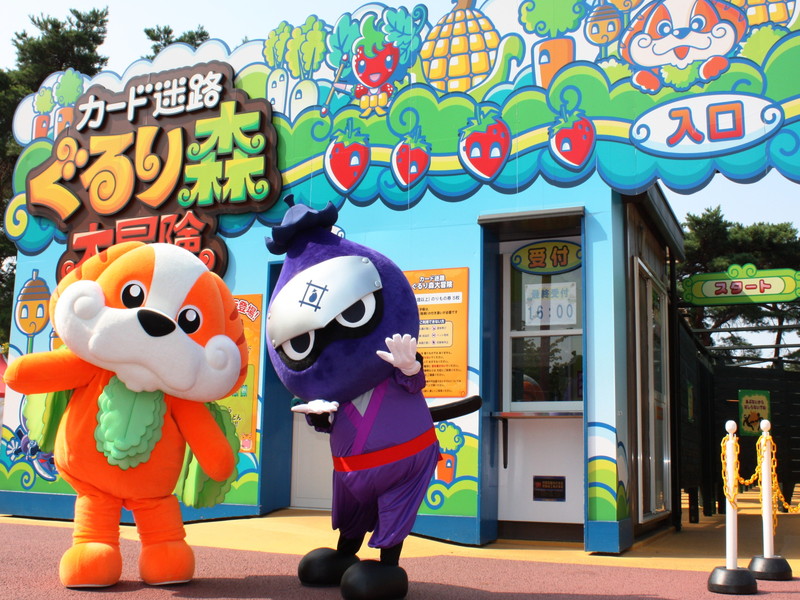
Harvesting experience events are held throughout the year, with tomato and strawberry picking in the spring, eggplant and blueberry picking in the summer, chestnut picking and sweet potato digging in the autumn, and harvesting broccoli, onions, and radishes in the winter. Also, barbecue, camping (mess kit for rice making), and Kazo City’s famous handmade udon workshops are available. From late March to the end of November, there are stage shows of popular children's characters such as Pretty Cure, Kamen Rider and Anpanman. The shows take place on the outdoor stage on clear weather days, and inside the family building hall on rainy days.
This site uses cookies to improve the user experience. If you continue to browse, you consent to the use of cookies on this site. Accept
CONTACT
